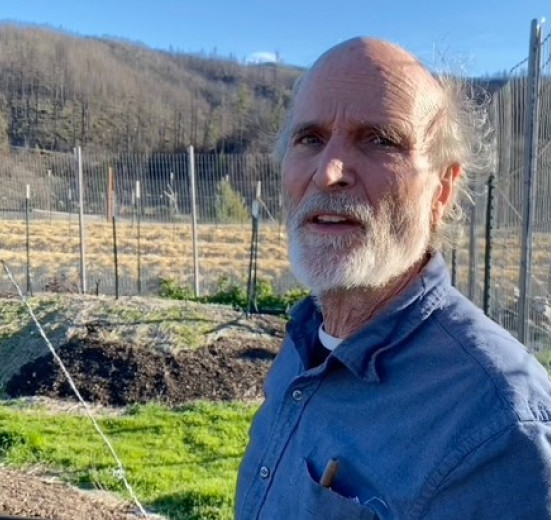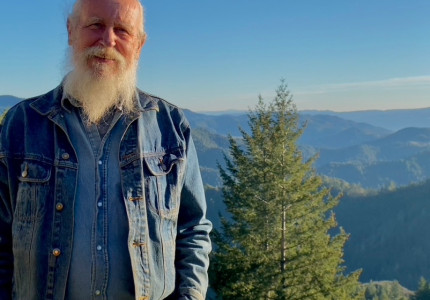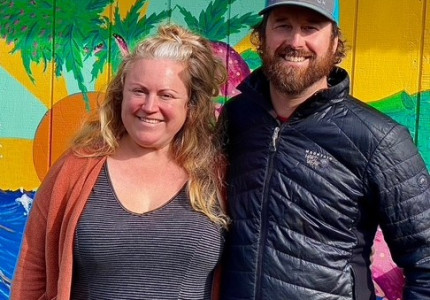To say that Victor Fresquet of Elk Creek Genetics is a lifetime pot smoker is a slight understatement.
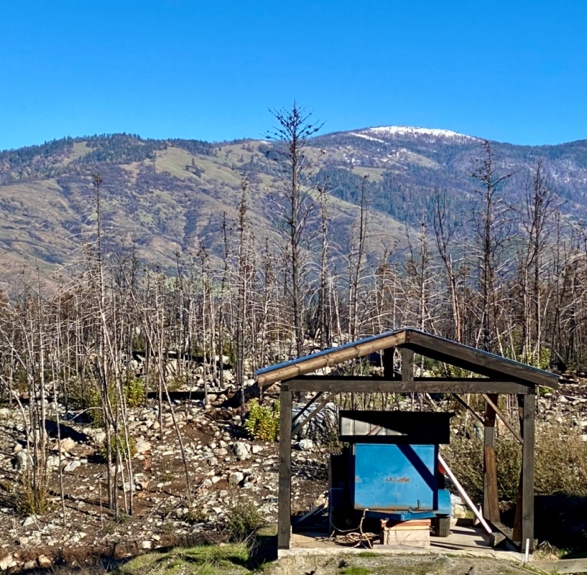 “I’ve only quit smoking three times since 1964,” he smiles.
“I’ve only quit smoking three times since 1964,” he smiles.
Elk Creek Genetics is as remote as any place in Mendocino County. His farm, east of Willits borders the Mendocino National Forest. Once you arrive at Victor’s gate, 5 miles of serious four-wheel-drive-only road leads to the farm. “I built all of this road myself,” he explains.
Tens of thousands of acres of burnt trees surround every acre of Victor’s land, which was nearly immolated by the August Complex fire of 2020-the largest fire in California history.
“I decided to ride it out,” says Victor. And with only one road in, had he been less prepared, it could have been a fatal decision".
“I was ready. I’d purchased a fire hose pump. I have a pond near the house and a 5,000-gallon water tank. I had a lot of backfire sites prepped. Cal Fire urged me to evacuate, and I told them, ‘I’m staying.’”
Cal Fire told Victor he had two days before the fire would reach his farm. “A couple hours later, it crested the hills, right over there,” he says, pointing to a spot less than ¼ mile away.
“We started the backfires, and Cal Fire arrived and put them out. Apparently, it’s illegal to start backfires to protect your property,” he smiles.” I had to replace every one of my culverts, because they all melted.”
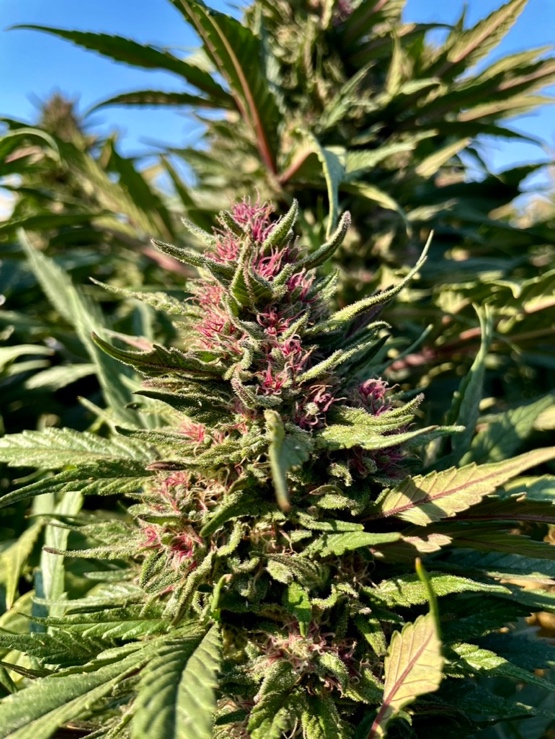 Thankfully, Victor saved all his structures and the garden sites. “Everything else around me burned. If I hadn’t been here, I’m fairly certain I would have lost everything.”
Thankfully, Victor saved all his structures and the garden sites. “Everything else around me burned. If I hadn’t been here, I’m fairly certain I would have lost everything.”
Today, Victor continues his long cannabis relationship that began over 50 years ago.
“When I smoked pot for the first time, I really liked it. I realized, ‘This is for me.’ I grew my first marijuana plant in 1964 in Palo Alto as a college student. I was able to score a ‘lid’ of Mexican sativa, as we called them. Pot was hard to find. There were seeds in that lid. I thought, ‘Why buy it if I can grow it? So I planted the seeds from that first lid,” he smiles.
“I planted those seeds where nobody would find them, which meant they didn’t get much sun. They never even flowered,” he smiles. “I didn’t try to grow again for a while. But I built a boat. People asked me, ‘What are you going to do when you finish your boat?’ I said, ‘I’m going to be a marijuana smuggler.’”
Victor finished his boat, sailed to Mexico, made the appropriate contacts and began
smuggling cannabis in the ‘70’s.“I tried growing pot in Mexico, in the Sierra. I was trying to teach people to grow
 sinsemilla. They said, ‘You can’t grow sinsemilla here.’ I said, ‘Sure you can. It’s pretty
sinsemilla. They said, ‘You can’t grow sinsemilla here.’ I said, ‘Sure you can. It’s pretty
simple. You just get rid of all the males.’ They were right. Thousands of acres of pot were being grown. Male pollen was just in the air. You’d remove all your males and still get pollinated from a neighbor, so that ended up being unsuccessful.”
But Victor made connections. He’d select the best buds, load them on his boat and sail to California.
“The lower grade pot was made into oil. It was a crude, ethanol extraction. I had vehicles made with special gas tanks, and we’d bring it across the border. I’d had a summer job working in vacuum technology, coating microchips. I was able to transfer that knowledge and do vacuum distillation for the oil. I had a lab in Palo Alto, where we’d distill it into honey oil, and that’s what went to market.”
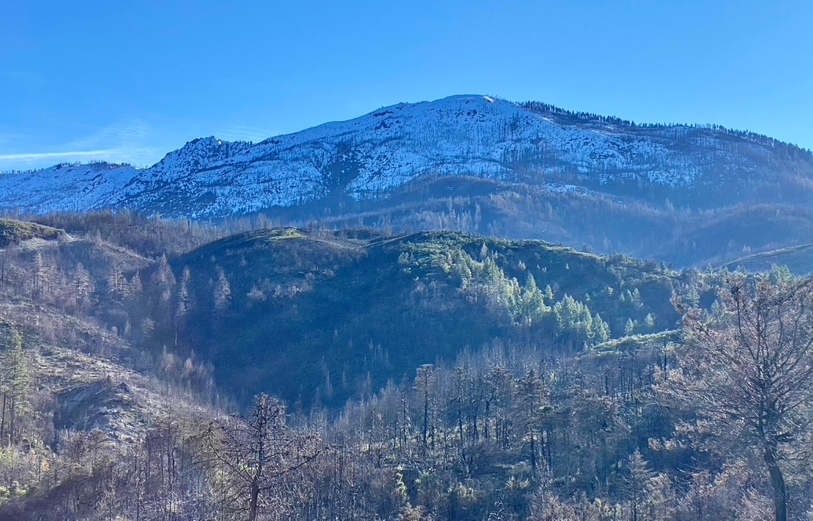 Victor got busted in 1974.
Victor got busted in 1974.
“They were trying to put me in jail 20 years before any of this legalization stuff happened. I can talk about my past now- it’s part of the mystique today, and even part of the advertising,” Victor smiles.
“I got tipped off that the bust was coming, so I returned to Mexico and lived there until the statute of limitations expired, and I was able to return to the States. I never got caught. During that time, I continued to smuggle pot into California.”
“If we hadn’t done what we’d done in the ‘70’s, pot would never have been legalized. It was civil disobedience that led to legalization.”
In 1978, Victor bought his Mendocino County property.
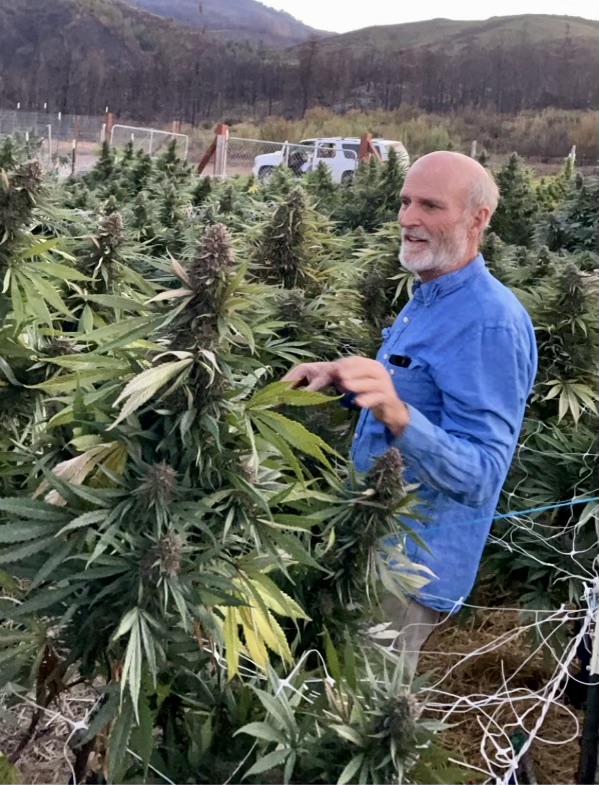 “I considered the Sierra Foothills, but there was too much smog. I flew around in an airplane and located this spot. No one was upwind polluting the air. Land was very cheap back then. I paid about $134 per acre for my original purchase.”
“I considered the Sierra Foothills, but there was too much smog. I flew around in an airplane and located this spot. No one was upwind polluting the air. Land was very cheap back then. I paid about $134 per acre for my original purchase.”
The property was affordable in part because there was no access.
“To view the land, I had to backpack in. I spent some time getting to know the land, and when I purchased it, I knew it better than the owner. They were loggers, but this piece didn’t have much timber, so they sold it cheap. For a while, I ran cattle as a cover to grow pot, but it’s not good cattle land because there’s no good grass.”
The property was so remote that initially, Victor used two mules to haul supplies to the farm. Today, the mules are enjoying a happy retirement.
“I lived out of the area for a time following the death of my wife, but came back about ten years ago, although I continued to grow pot every year.”
Today, Victor has two gardens. He uses no-till farming methods and places Cold Creek Compost atop the beds. “That’s all I do.”
Victor struggles with keeping abreast with ever-changing cannabis regulations.
“They changed the rules. I started out with a 5K permit. They told me I had to fence off 5,000 square feet. It’s ridiculous. When the garden’s full, it’s hard to move around. Now, they’re just measuring the bed size, so they don’t count the space in the same way.”
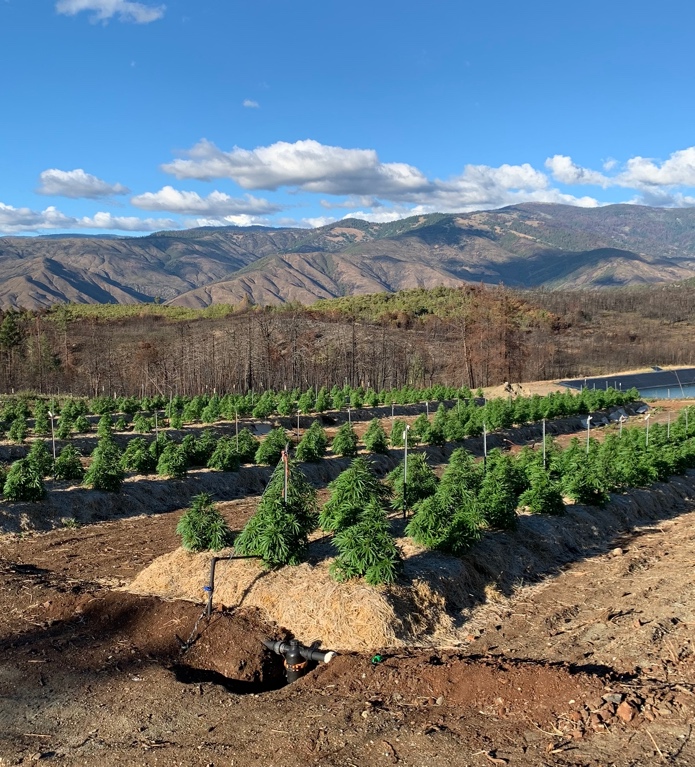 “I’m still improving our growing, processing and fencing infrastructure. My drying shed is custom-built and near completion. It will be completely insulated, and temperature and humidity controlled. I’m growing in full, 110-degree sun. In the old days, I’d dry everything in 4-5 days. Now, we take two weeks or more. Good curing and drying separates the really good stuff from everything else. But you need a lot more space than you think. I probably need another building the same size as this one,” he smiles.
“I’m still improving our growing, processing and fencing infrastructure. My drying shed is custom-built and near completion. It will be completely insulated, and temperature and humidity controlled. I’m growing in full, 110-degree sun. In the old days, I’d dry everything in 4-5 days. Now, we take two weeks or more. Good curing and drying separates the really good stuff from everything else. But you need a lot more space than you think. I probably need another building the same size as this one,” he smiles.
Serious fencing is non-negotiable at Elk Creek Genetics.
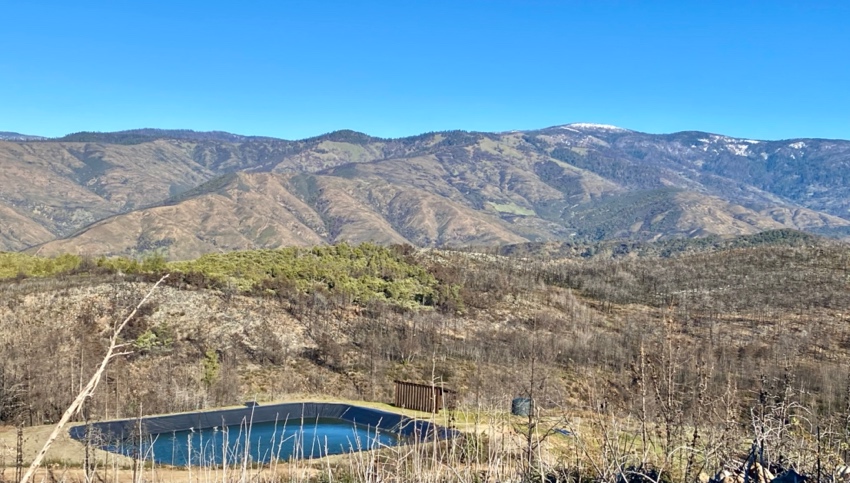 “When I grew in the woods, nothing was fenced. Now, we fence over and under for mice, gophers, deer and bears. Bears are our biggest problem. They like to chew the black plastic and dig up the fertilizer, which smells like something interesting to them. That’s why we don’t grow food crops in the same area as the cannabis.”
“When I grew in the woods, nothing was fenced. Now, we fence over and under for mice, gophers, deer and bears. Bears are our biggest problem. They like to chew the black plastic and dig up the fertilizer, which smells like something interesting to them. That’s why we don’t grow food crops in the same area as the cannabis.”
“Supply and demand must balance out at some point. I’m hoping there will always be a market for craft cannabis. There are all sorts of dangers on the horizon. I personally just want to grow pot and make a living- not get rich.”
Elk Creek Genetics entered Clear Boost in the Kure Mendocino Invitational.


